By ANDREW HORN
By ANDREW HORN
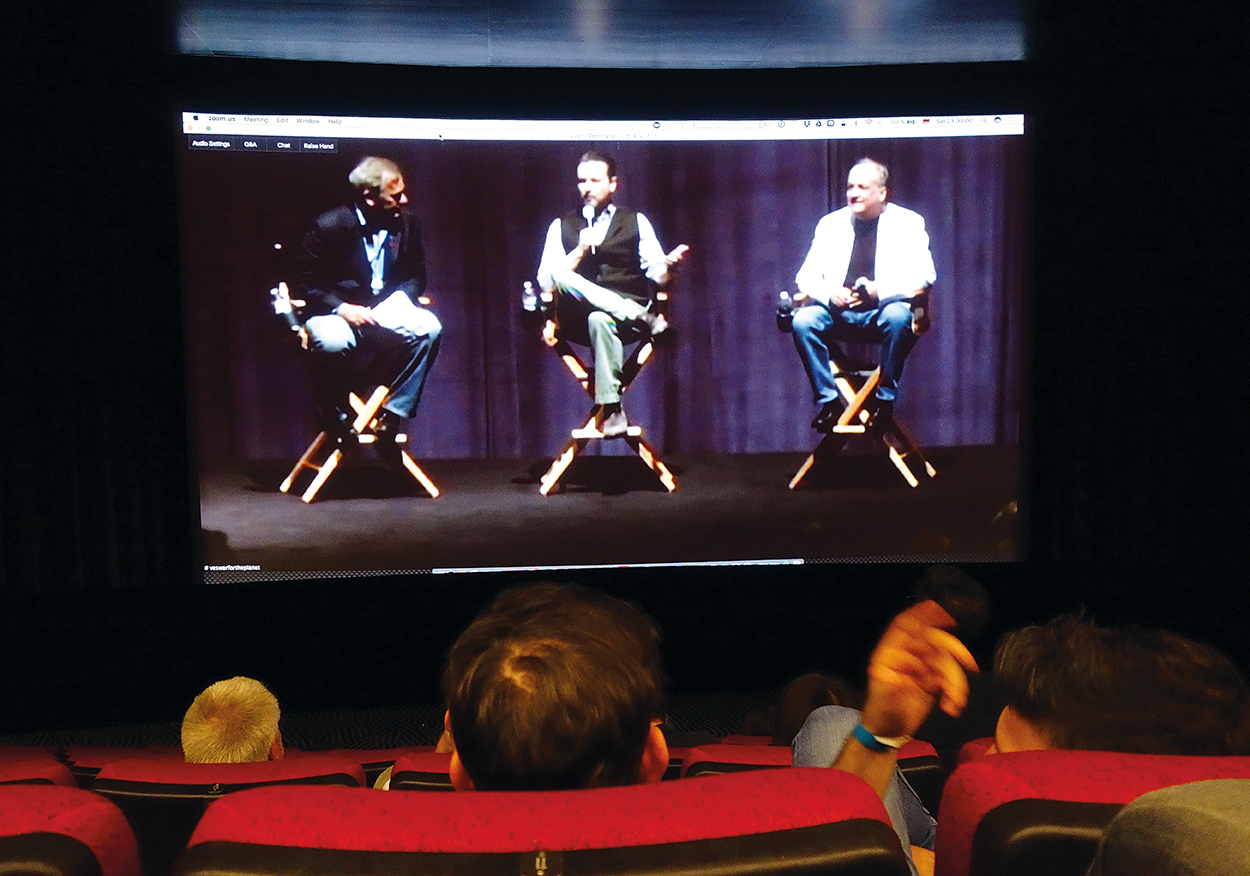
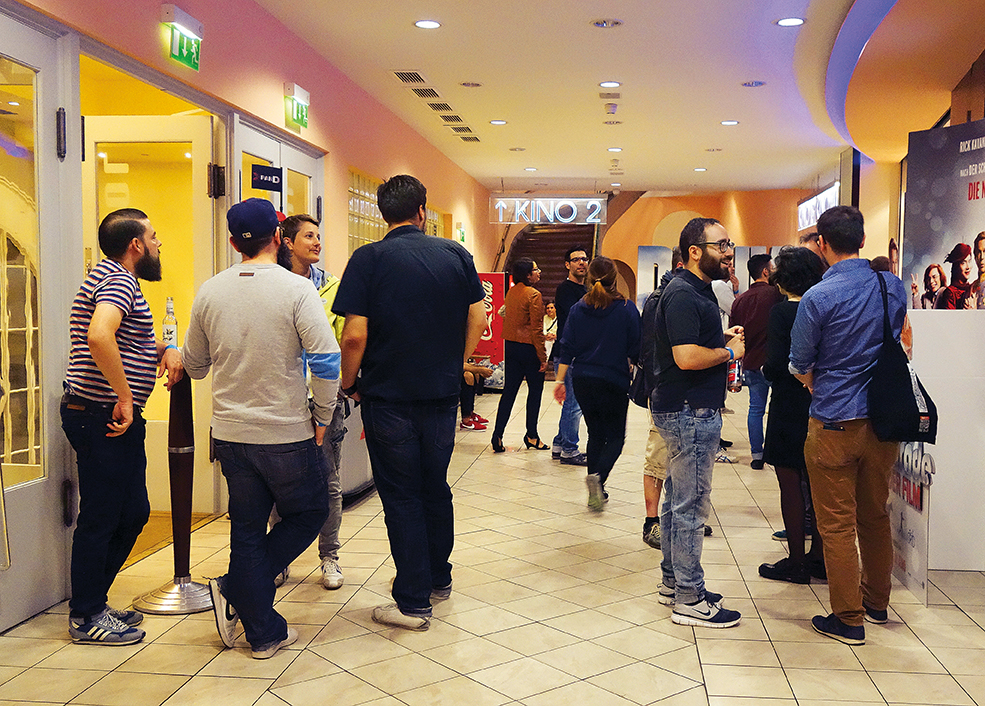
Somebody once called Los Angeles “72 suburbs in search of a city” and perhaps something similar could be said for the VFX industry in Germany. While most VES sections are concentrated in centers like Vancouver, Toronto or London, the principle German companies are spread out over the country in Munich, Stuttgart and Berlin, with a lesser presence in Cologne and Frankfurt, as well as smaller pockets scattered around. This is because of independent regional subsidy systems that require companies to locate in various states, usually more than one, to follow the money. Germany also just introduced a new nationwide 25% VFX rebate on August 1, 2017 to catch up with competing countries – but until now the lack of a strong national subsidy like the UK or Canada that would cover international films shot outside the country has limited German companies’ market advantage.
However, this has not stopped the Germans from contributing to a slew of Hollywood films from Harry Potter and the Deathly Hallows to Star Trek – Into Darkness, to Star Wars’ Rogue One, Rush, practically all the Marvel films, as well as Spider-Man: Homecoming, and including major work on HBO’s Game of Thrones and now the first German series for both Netflix’s Dark and Amazon’s You Are Wanted. Not to mention a steady output of local features, TV, animation and commercial work.
Branch board member Michael Landgrebe, partner at Celluloid in Berlin, says, “Looking at the scene 10 years ago it seemed absolutely extraordinary to think that a German effects house would be working on Hollywood tentpole movies.”
To name a point when German VFX entered the outside world, it would be in 2009 when Chris Townsend was working out of Trixter in Munich doing Ninja Assassin, which was shot in Berlin. He wanted to spread the work out to other local companies and brought in RISE, which had just formed in Berlin, as well as Pixomondo in Stuttgart.
Back then, board member and compositor Nina Pries, had just started as an intern at Pixomondo, “I came directly from university, and that project was really awesome for everyone on the team. It was a Hollywood project, and we felt we had to do our best. There was really great team spirit.”
More work followed, and 2012 was the year when the world took notice after Pixomondo won both the Oscar for Hugo and their first Emmy for Game of Thrones. That same year Cloud Atlas showcased significant work by RISE, Trixter and Scanline.
Before the thought of a VES section, people in the VFX scene were already expressing a need to get together, if only on a local level. Semi-regular hangouts and meet-ups were being independently organized in Stuttgart, Berlin, Munich and Cologne, but there was no interaction between the cities. FMX was a major nexus for the industry, but that’s only once a year.
In March 2016, Florian Gellinger, VFX supervisor and partner at RISE in Berlin, was thinking that the German VFX scene needed some kind of organization to represent them and realized that rather than start something new it would make more sense to have a Germany Section of VES and benefit from the connections and infrastructure already in place. “At that point I think we had over 40 members in Germany,” Gellinger explains, “so we could build on that. But,” he discovered, “Munich and Berlin at that point were completely neglected, with almost no members at all.”
Germany already had some VES members, but the point of it seemed abstract. Landgrebe, who’d already been a member for two years, says, “It was cool to get the newsletter and know what was going on and receiving the screeners. But we were paying our dues and weren’t able to benefit from things like having screenings and organizing events because it was all happening somewhere else.”
At FMX he met with Tim McGovern, head of outreach at VES, who came on board to help expedite the membership process and endorsement letters. “That was pretty much my hobby last year,” Gellinger continues, “to get people to sign up to become a member, and then helping them organize paperwork. By November 2016, when the new members came on board, we had the biggest push of any country, getting 27 new members in one go.”
After the May 2017 meeting of the Board of Directors there were a total of 91 VES members in Germany. Plus, now anybody who lives or has their permanent address in Germany automatically becomes a member of the Germany Section.
The next step was to elect a board. With Gellinger taking the Chair, the idea was to spread out the board members across Germany.
Comments Gellinger: “You’ve got Benedikt Niemann, Animation Supervisor at Ambient Entertainment in Hannover, who’s our secretary, and we’ve got Urs Franzen, who’s a visual effects supervisor from Munich, as treasurer, which is great because Munich – surprisingly, being a major center – still does not have many members, but we’re getting there. And then we’ve got three board members from Stuttgart, five from Berlin and one from Cologne. So, all in all, it’s representing the membership from each part of Germany.”
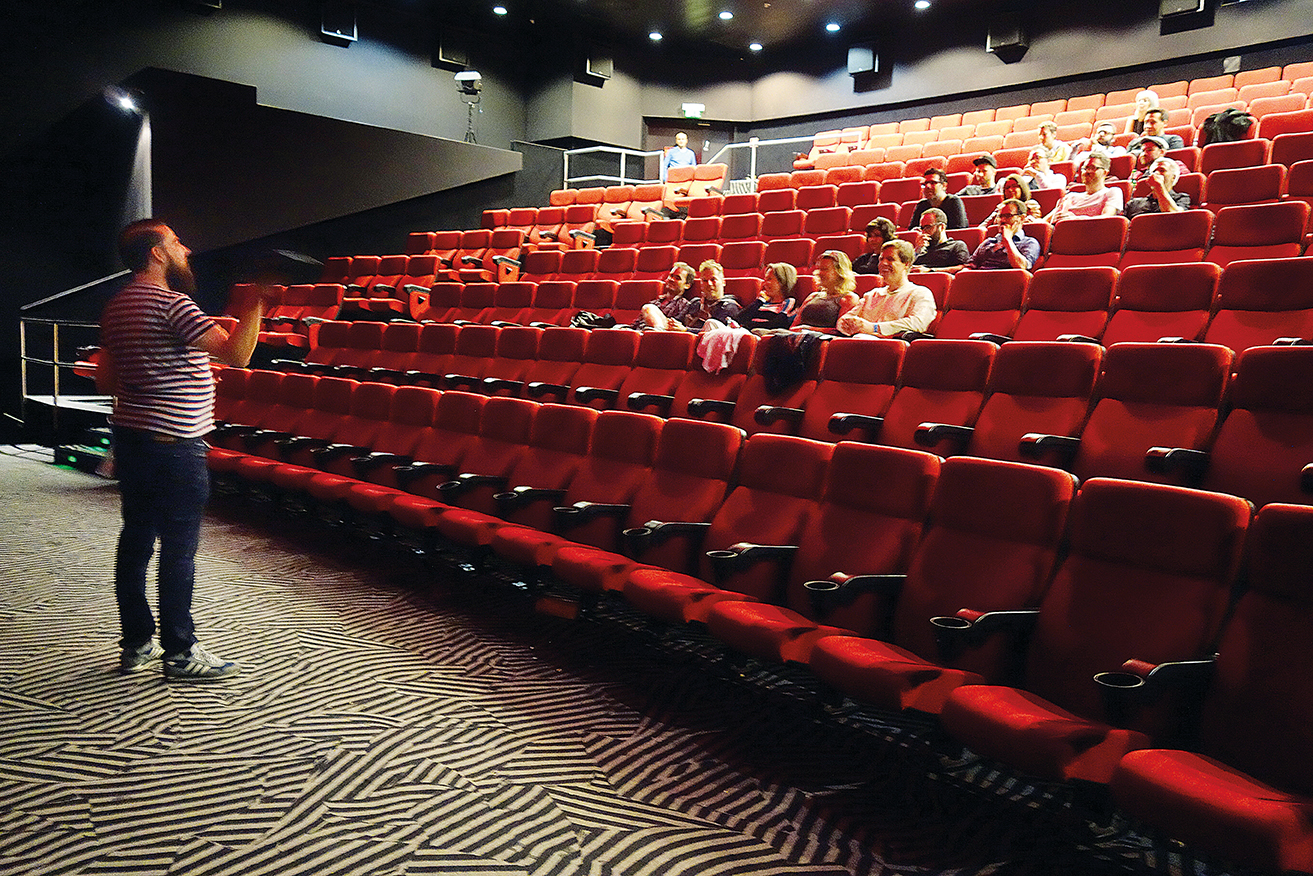
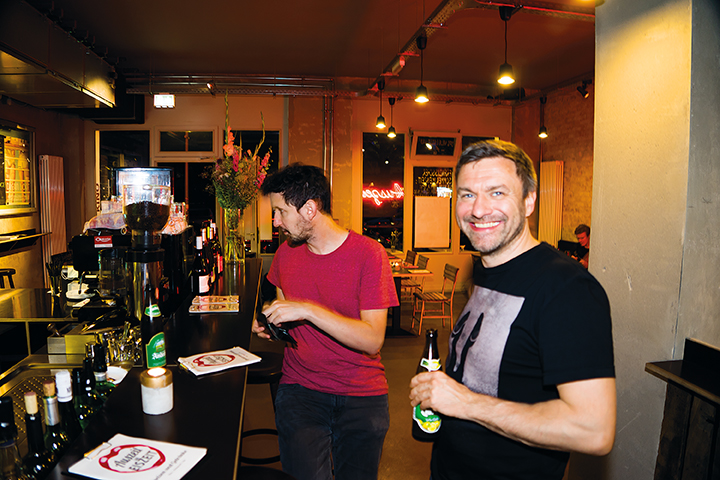
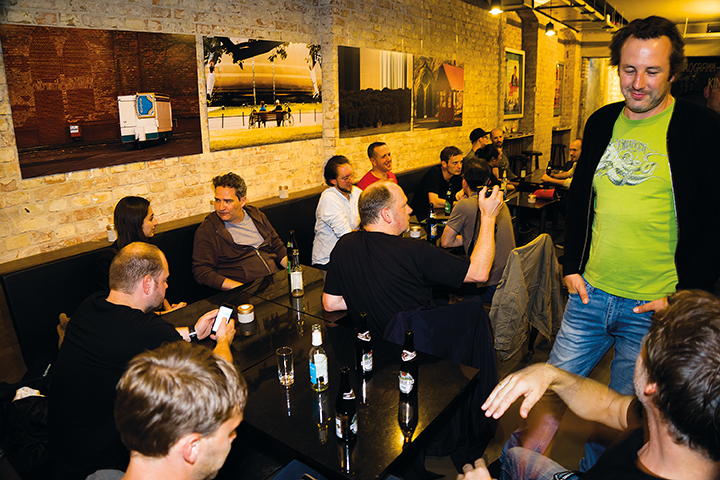
“The VES puts us on the world map. Up to now, with all the great work coming out of Germany, now the clients know us, but the next problem is also how do we get the people, the artists, who had this great German training, who originally went to Wellington or London or Vancouver to work on the bigger jobs, to come back home?” —Florian Gellinger, VES Section Chair, VFX Supervisor/Partner, RISE
The section’s first official get-together took place this May at FMX where a gathering of about 20 people, including principal board members, met with VES Executive Director Eric Roth and FMX organizer Andreas Hykade. Board member and partner in Celluloid, Holger Hummel, remembers: “We all met for the first time in one room and got to know each other. And it was Eric and Florian welcoming us, and Eric pointing out that as a long-term attendee of FMX he was very aware of the quality work coming out of Germany, despite its comparative niche status, and was really happy to finally kick it off.”
The first members event took place in July in both Berlin and Stuttgart for the screening of War For The Planet Of The Apes, with the international hookup for the live Q&A by director Matt Reeves and Joe Letteri of Weta. Both Berlin and Stuttgart started off the evening with a pub night at the bars of their respective theaters, Eiszeit Kino in Berlin and the Metropol in Stuttgart.
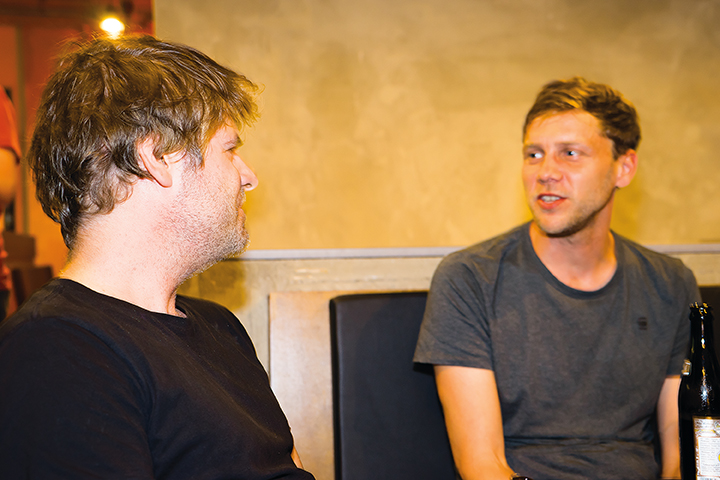
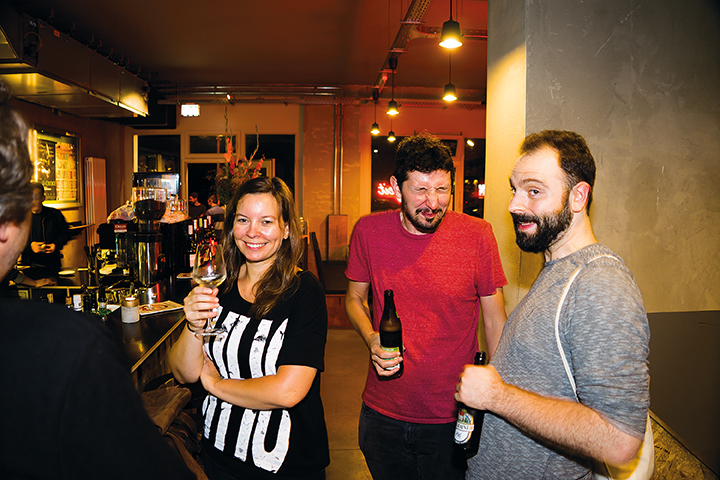
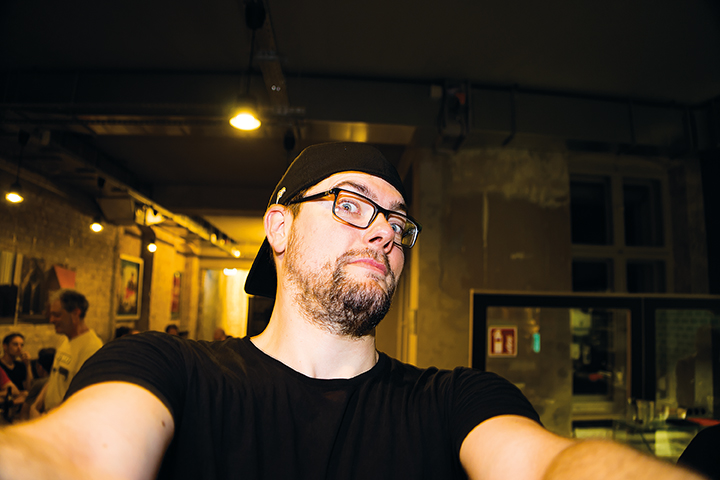
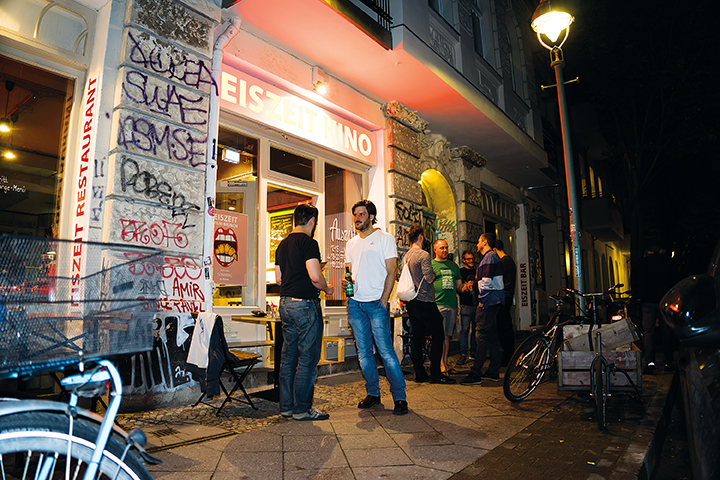
While the event itself was a good first step, the logistics of the live-stream hookup were problematic due to the time difference. The Q&A in LA went on at 11 p.m. local time which created problems with booking a cinema in a prime Saturday night slot, which in turn meant the German group had to watch the Q&A before they saw the film. Plus the live stream had to be interrupted at midnight so that the film could be screened. Despite the difficulties, this first official get together was a success on a personal level, both in Berlin and Stuttgart, with Berlin having a full house for the event.
Directly afterwards, Berlin began setting up a model for similar local events with a more logistically convenient time – Tuesday evenings after work – using the Eiszeit Kino, which is centrally located for most of the companies.
As a response to Germany’s regional fragmentation, there is a general desire to develop means to bring people together – with the screenings, VES pub nights and BBQs – and even talk of national meet-ups. But it’s also about sharing information, and people are already discussing the possibility for an active exchange of ideas through organized lectures and discussions with local and visiting professionals.
To this end, Atomic Blonde was screened in Berlin in August with Q&A by VFX Supervisor Michael Wortmann from Chimney in Berlin. (Valerian: City of a Thousand Planets screened in July.) Nina Pries also reports that discussions are underway in Stuttgart to develop a lecture series along the lines of TED talks.
Board treasurer and freelance VFX supervisor Urs Franzen adds, “It was always in my mind that the entire VFX community should come together somehow. Some people say it’s just a community, you meet each other for a beer or something, but for me it’s something more far reaching – making a future. And with people working in Germany and abroad in the UK or New Zealand or Canada, it’s a global community. The industry is still quite young in Germany,” he continues, “we’re still taking our baby steps, but I think we have a great potential in the VES because we are starting out new.”
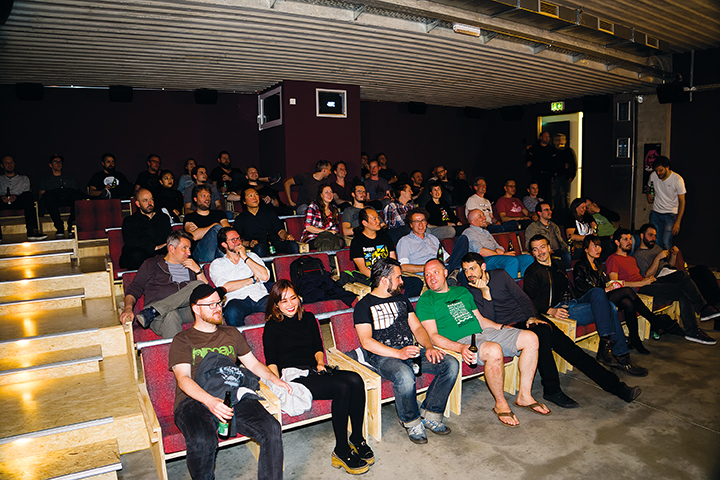
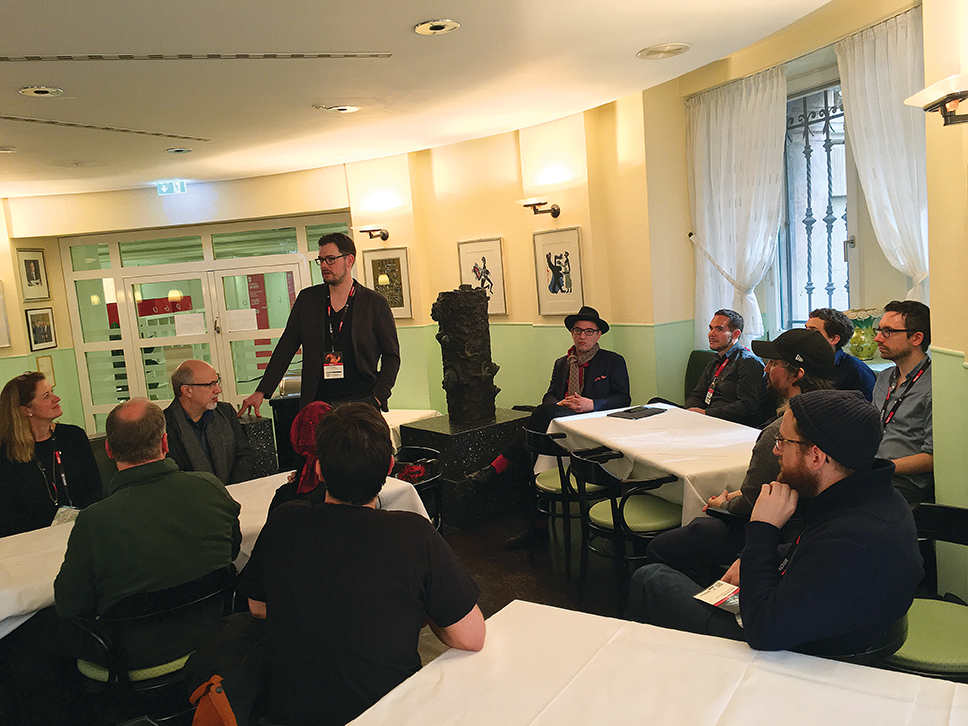
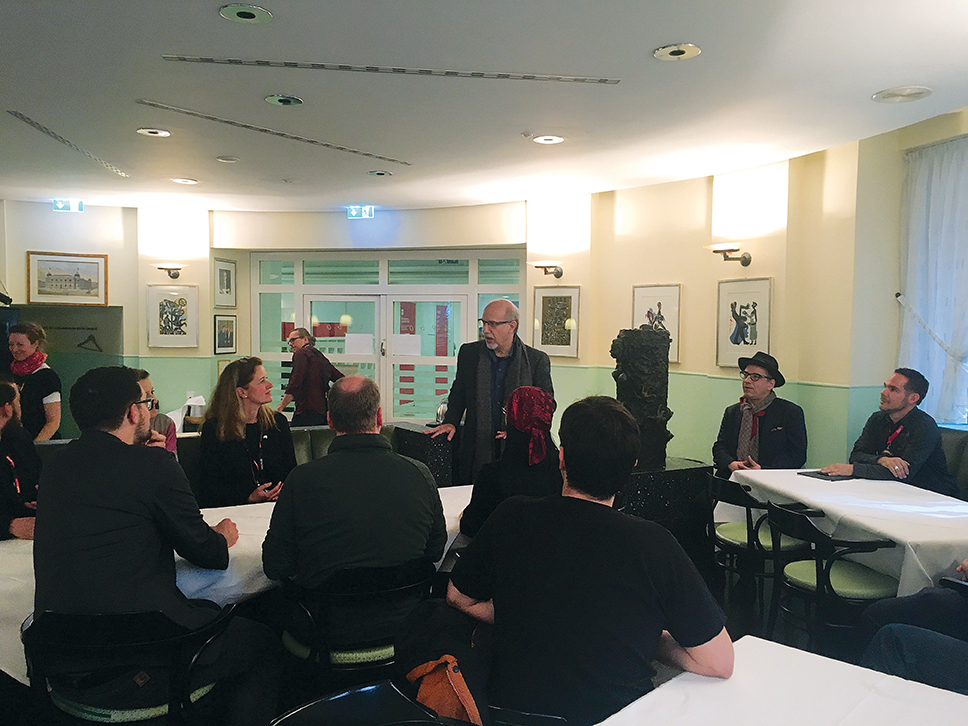
“The industry is still quite young in Germany, we’re still taking our baby steps, but I think we have a great potential in the VES because we are starting out new.” —Urs Franzen, VFX Supervisor
Gellinger concludes, “The VES puts us on the world map. Up to now, with all the great work coming out of Germany, now the clients know us, but the next problem is also how do we get the people, the artists, who had this great German training, who originally went to Wellington or London or Vancouver to work on the bigger jobs, to come back home?
“Just having the newsletter going out and seeing that we’re part of what’s happening with all these major VFX cities that all have amazing subsidies, and suddenly there’s Germany among them. So it just pokes people like, hey look, Germany is on the map. And that makes a huge difference.”
